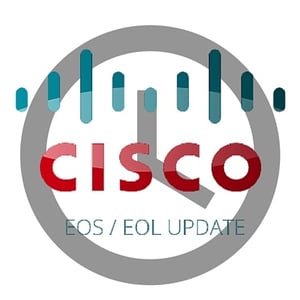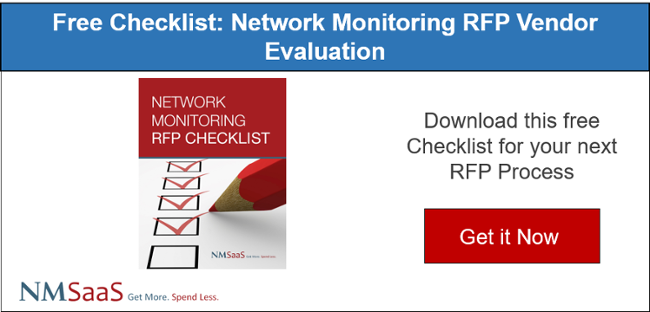One of the questions we get quite a lot from our customers is related to upgrading and replacing older Cisco devices. The questions usually takes the form of “When should I replace an older devices (even if it still works?) or “How do I know when a device should be targeted for replacement?” While there are many possible answers to this question, one of the main pieces of information that should inform the decision is: At what stage in the announced product lifecycle are your current devices?
A product lifecycle can be thought of the various stages that a product goes through starting with Design and moving to End-of-Life. For most customers, the early stages like Design and Manufacturing are not relevant as they only care about the lifecycle from the time of product delivery and installation.
Webinar: How to Automate Cisco PSIRT Vulnerability Audits with NMSaaS - Sign Up Now
The most important stages of the lifecycle as far as replacement is concerned happen toward the end once a product has been officially announced as End-of-Life. But, it is important to understand that even though a product has been “End-of-life’d” that doesn’t mean it should necessarily be immediately replaced (although I’m sure Cisco would be OK if you did that!) In many cases you may have many years before you really need to replace or upgrade a device.
So, what I wanted to do in this blog was to get into the details about how Cisco End-of-life announcements work and help guide you as to what it all means for your product refreshment plans.
Phase 1- The End-of-life announcement
This is the original notification from Cisco that a particular device will no longer be supported at some point in the future. A freeze on new features is typically put in place on the platform and/or no new modules will be added etc.
Phase 2 - End-of-Sales or EOS
As the name implies, this is the point from which you can no longer order any new product from Cisco Channels. Interestingly I have heard that sometimes this spurs a lot of “last minute” ordering on popular or critical platforms. In any case, the product is still fully supported at this stage meaning that there are still maintenance updates, bug fixes and so on. You can also still purchase Cisco maintenance on the platforms.
Phase 3 - End-of-new-service
This is when you can no longer put a system under a new maintenance contract. What is often not understood however, is that you can still renew existing service contracts. This is also generally the time frame when we recommend that organizations get serious about replacing devices. This is the best time to plan for and begin to budget for platform refreshment.
Phase 4 - End-of-software-maintenance-releases
This is where the IOS updates cease for a device. It can get scary after that because any bug or vulnerability is typically going to stay in the system and cannot be fixed.
Phase 5 - End-of-contract-renewal
At this point the system is no longer eligible for maintenance contracts.
Phase 6 - Last Date of Support or LDoS
As Jim Morrison from The Doors sang “This is the end….” At this point (typically within a year of the end of contract date) Cisco views the product as obsolete and stops all support for the product. Basically, TAC has never heard of it – don’t ask them…
As I said earlier the good news is that from Phase 1 to Phase 6 can be many years. Usually over a decade for a typically platform – so there is no reason to panic and rush out to replace a device in Phase 1 or 2. The bad news is that time stops for no one, and eventually a refresh will be needed.
In really large networks the process of EoX Phase identification can be complicated. Many devices have a combination of the platform, module and Software all of which may have their own individual EoX timeline.
At NMSaaS we have taken the guesswork out of lifecycle reporting with our Cisco EoX module. Since we have up-to-date information about what exists in the live network (via our discovery engine) we can match that inventory data against the announced Cisco Lifecycle information and then immediately provide a report which displays at what phase in the lifecycle your current devices stand. From there the job of planning your product replacement is greatly simplified.


